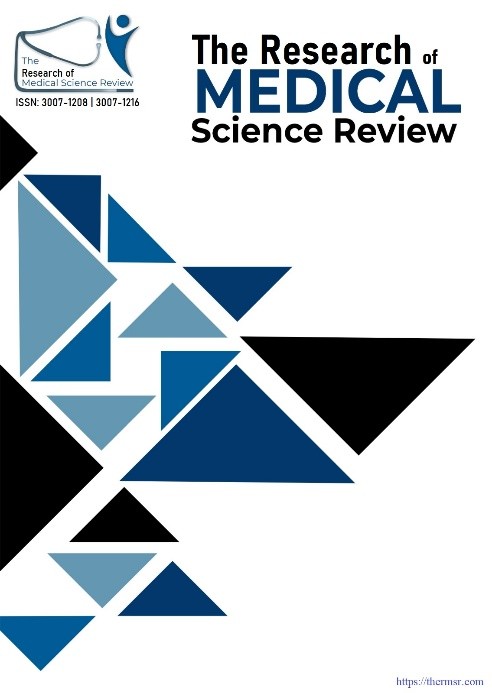POSITIVE PREDICTIVE VALUE OF ULTRASOUND LIVER IMAGING AND DATA SYSTEM IN DETECTING HEPATOCELLULAR CARCINOMA IN AT-RISK POPULATION, KEEPING CT SCAN AS GOLD STANDARD
Main Article Content
Abstract
OBJECTIVE: To evaluate the positive predictive value of ultrasound-based Liver Imaging Reporting and Data System (LI-RADS) category 3 in identifying hepatocellular carcinoma among individuals with liver cirrhosis, using triphasic computed tomography (CT) as the diagnostic benchmark.
METHODOLOGY: This cross-sectional validation study was executed at The Indus Hospital, Karachi, encompassing 91 individuals diagnosed with liver cirrhosis (ages 18–70, either gender). The ultrasound examinations were done using the standardized Liver Imaging Reporting and Data System (LIRADS). Patients falling into ultrasound LIRADS 3 category that is having observation greater than 1 cm or portal vein thrombosis, were advised to undergo tri-phasic CT of the abdomen. Data was subjected to statistical analysis utilizing SPSS version 26, with statistical significance established at p ≤ 0.05.
RESULTS: This study included 91 Patients with a mean age of 52.34 ± 11.91 years. Males constituted 42.9% and females comprised 57.1% of patients. The findings revealed a true positive rate of 8.8% and a false positive rate of 11.0%. The positive predictive value (PPV) of ultrasound LI-RADS-3 in identifying HCC was calculated to be 44.44%, indicating that less than half of the Patients classified under LI-RADS-3 were correctly diagnosed with HCC.
CONCLUSION: Ultrasound LI-RADS category 3 demonstrates a constrained capacity to accurately identify hepatocellular carcinoma in patients with cirrhosis, as evidenced by its true and false positive rates. Although it may facilitate initial identification, the risk of misclassification underscores
the necessity for further validation via triphasic computed tomography. These observations advocate for the sustained application of ultrasound as a preliminary screening modality, augmented by conclusive imaging techniques within populations at elevated risk.
Downloads
Article Details
Section

This work is licensed under a Creative Commons Attribution-NonCommercial-NoDerivatives 4.0 International License.
